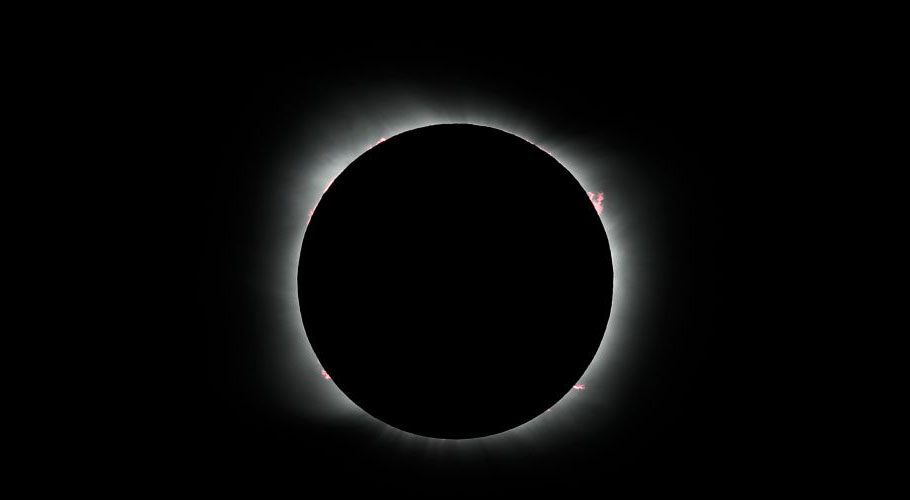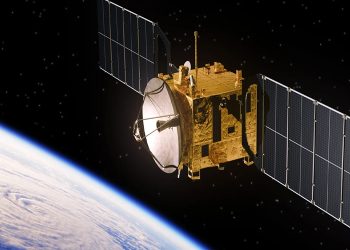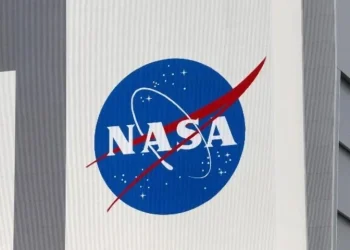WASHINGTON: Sky watchers around the world had the chance to witness a rare celestial event on April 19-20 as a hybrid solar eclipse appeared for the first time in a decade.
This type of eclipse is particularly unusual, occurring only a few times per century, and involves the moon’s shadow passing across the Earth’s surface, resulting in a combination of a total and annular eclipse.
The eclipse will also be live-streamed by NASA via this link starting at 02:30 GMT.
According to EarthSky, out of 224 solar eclipses that will occur in the 21st century, only seven will be hybrid. This makes the event all the more special, as the next hybrid eclipse won’t occur until 2031.
The eclipse began at 9:36 p.m. EDT on April 19th, sweeping across Western Australia, East Timor, and Indonesia, before ending at 2:59 a.m. EDT on April 20th. During this time, the eclipse changed from a ring-shaped annular eclipse to a total eclipse and back again.
While many countries were only able to experience the event as a partial eclipse, with the moon obscuring part of the sun, Papua New Guinea saw around 87% of the sun eclipsed, the French Southern Territories experienced 93% coverage, and the Marshall Islands saw 95% of the sun obscured by the moon.
Those lucky enough to witness the eclipse in its full glory had the opportunity to see a truly unique phenomenon, thanks to the curvature of the Earth and the moon’s shadow being comprised two parts, the lighter outer shadow called the penumbra and the darker inner shadow known as the umbra.
Before this month’s eclipse, the last time a hybrid solar eclipse occurred was in November 2013, and the next one won’t happen until November 2031. The next time one of these events will be visible from the contiguous U.S. won’t occur until March 2164, making this a truly once-in-a-lifetime experience for many.




































